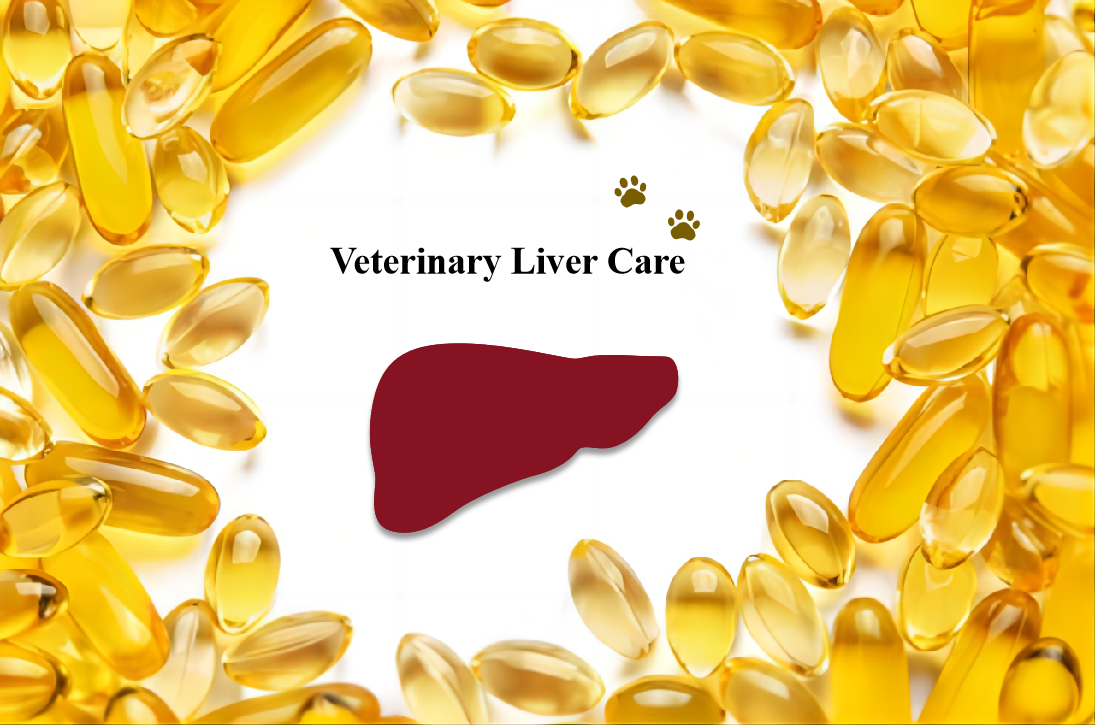- Home
- Services
- Veterinary APIs Customization Services
- Customization Services for Veterinary Drugs
- Customization Services for Veterinary Health Care Products
- Pet Cleaning and Toiletry Product Customization
- Pharmacology Services for Veterinary Drugs
- Health Benefit Assessment for Veterinary Foods
- Analysis Services for Veterinary Products
- Veterinary Product Excipient Customization
- Veterinary Product Packaging Customization
- Products
- Online Order
- Company
- Inquiry


